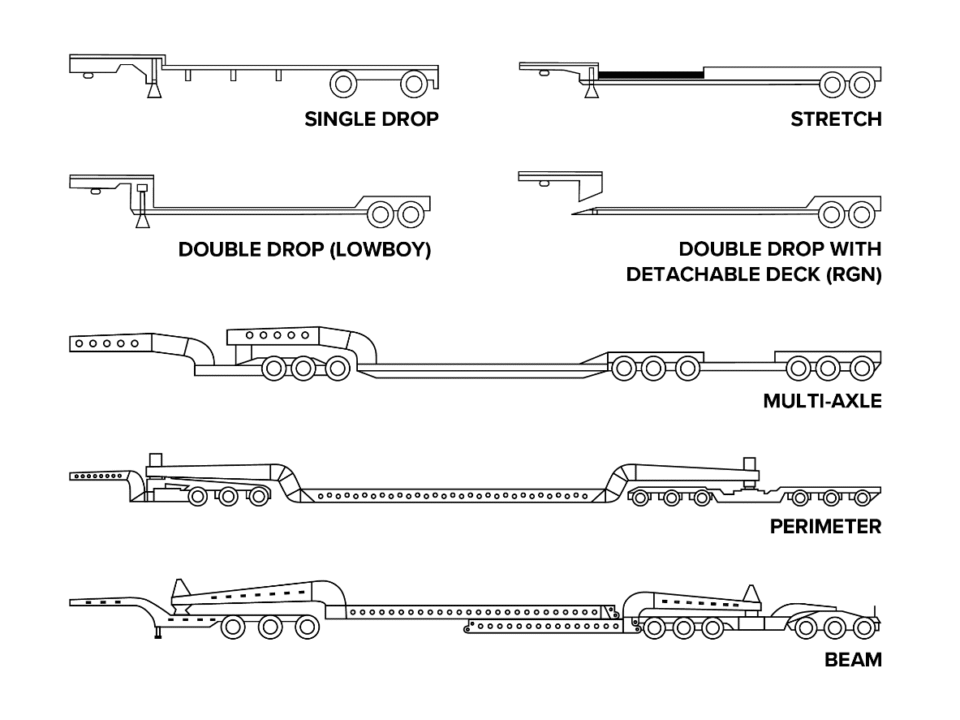
Exploring the current EPA standards, the significance of fuel efficiency, and the role of innovations like Mobil Diesel Efficient™ and Diesel Exhaust Fluid (DEF).
The Environmental Protection Agency (EPA) in the United States plays a crucial role in setting regulations for on road and nonroad vehicles. These regulations are designed to minimize environmental impact while ensuring transportation remains efficient and accessible. Let’s explore the current EPA standards, the significance of fuel efficiency, and the role of innovations like Mobil Diesel Efficient™ and Diesel Exhaust Fluid (DEF).
Current EPA Regulations for On Road Vehicles:
For on road vehicles, the EPA enforces a range of standards aimed at reducing emissions of pollutants like nitrogen oxides (NOx), particulate matter (PM), and carbon monoxide (CO). These standards apply to various vehicle classes, including cars, trucks, and buses. Manufacturers are required to meet specific emissions limits, which have become progressively stringent over the years.
Additionally, the EPA mandates the use of advanced emissions control technologies like catalytic converters and diesel particulate filters. These technologies help mitigate the environmental impact of on road vehicles, contributing to improved air quality and public health.
Current EPA Regulations for Nonroad Vehicles:
Nonroad vehicles encompass a diverse range of machines, including construction equipment, agricultural machinery, and recreational vehicles. The EPA sets emissions standards for these vehicles to reduce their impact on air quality and the environment. These standards target pollutants like NOx, PM, and hydrocarbons.
Similar to on road vehicles, manufacturers of nonroad vehicles are required to incorporate advanced emissions control technologies. This ensures that nonroad machinery operates more efficiently and with lower emissions, benefiting both the environment and public health.
Importance of Efficient Fuel Sources:
One key aspect of achieving EPA compliance is utilizing efficient fuel sources. Clean-burning fuels not only reduce emissions but also enhance the overall performance of vehicles. They help engines operate more smoothly, which in turn contributes to better fuel economy.
Innovations:
Mobil Diesel Efficient™:
In the pursuit of fuel efficiency, Mobil Diesel Efficient™ has emerged as a noteworthy solution. This trademarked product is a cutting-edge diesel fuel formulation designed to enhance combustion efficiency and reduce emissions. It is engineered to clean and protect critical engine components, leading to improved fuel economy and reduced environmental impact.Mobil Diesel Efficient™ is a prime example of industry efforts to align with EPA regulations. Its innovative formulation not only benefits the environment but also supports businesses and consumers by reducing fuel consumption and maintenance costs.
Diesel Exhaust Fluid (DEF):
Diesel Exhaust Fluid (DEF) has emerged as a critical tool in the pursuit of cleaner emissions from diesel engines. DEF, a solution of urea in deionized water, is injected into the exhaust stream of diesel vehicles to break down harmful nitrogen oxides (NOx) into harmless nitrogen and water vapor. While currently essential for diesel engines, there is growing interest in its potential application to gasoline vehicles. This innovative approach showcases the industry’s commitment to reducing emissions across all types of internal combustion engines.
Balancing Protection and Needs:
Striking a balance between environmental protection and meeting transportation demands is a complex challenge. While stringent EPA regulations aim to reduce emissions, they must also consider the practical needs of industries reliant on nonroad machinery. This delicate balance underscores the importance of continuous research and development in the field of emissions control technologies and fuel efficiency.
The EPA’s regulations for on road and nonroad vehicles represent a critical step towards environmental protection and public health. By setting standards and enforcing compliance, the agency ensures that transportation remains efficient while minimizing its impact on the environment. Innovations like Mobil Diesel Efficient™ further exemplify the commitment of industries to contribute to a sustainable future. As technology continues to advance, we can anticipate even more efficient and environmentally-friendly solutions in the years ahead.





